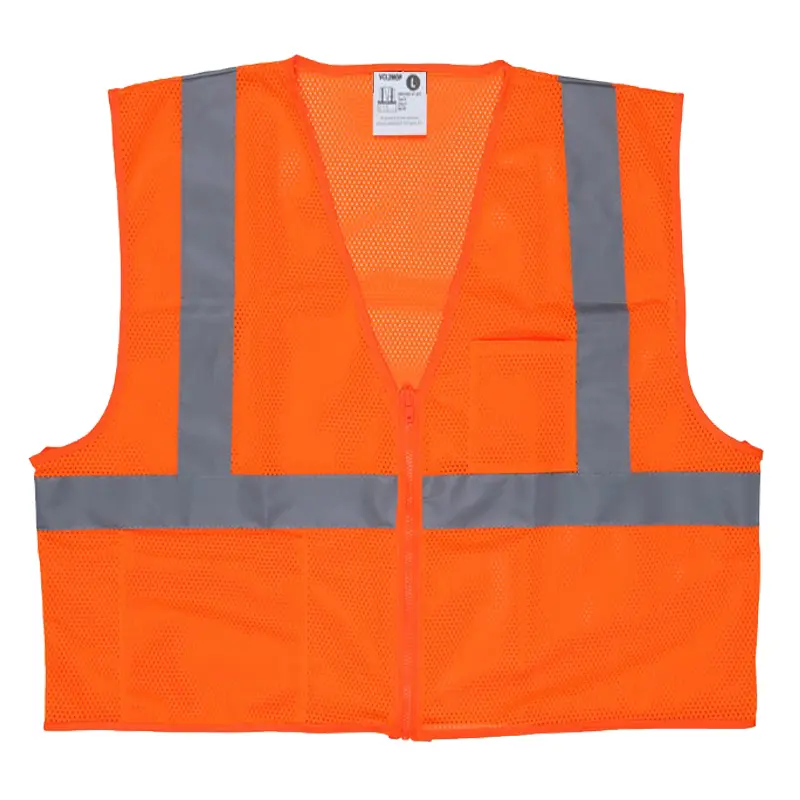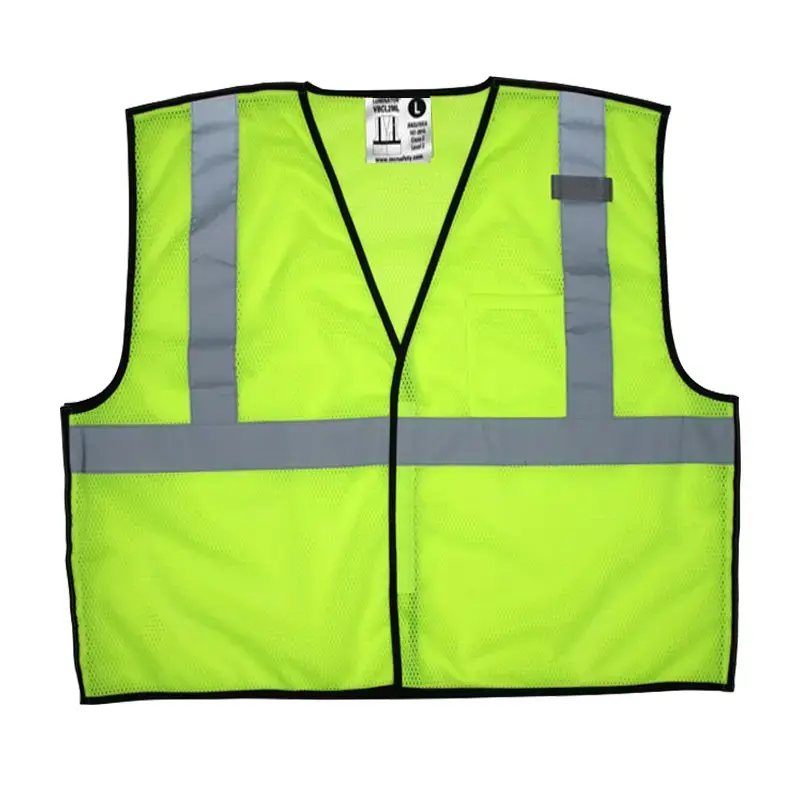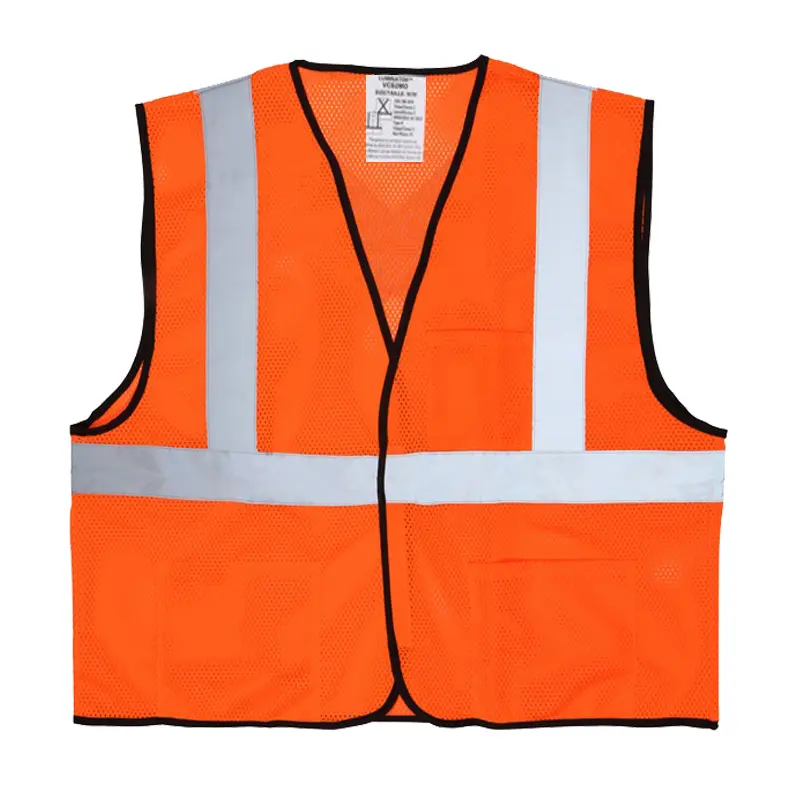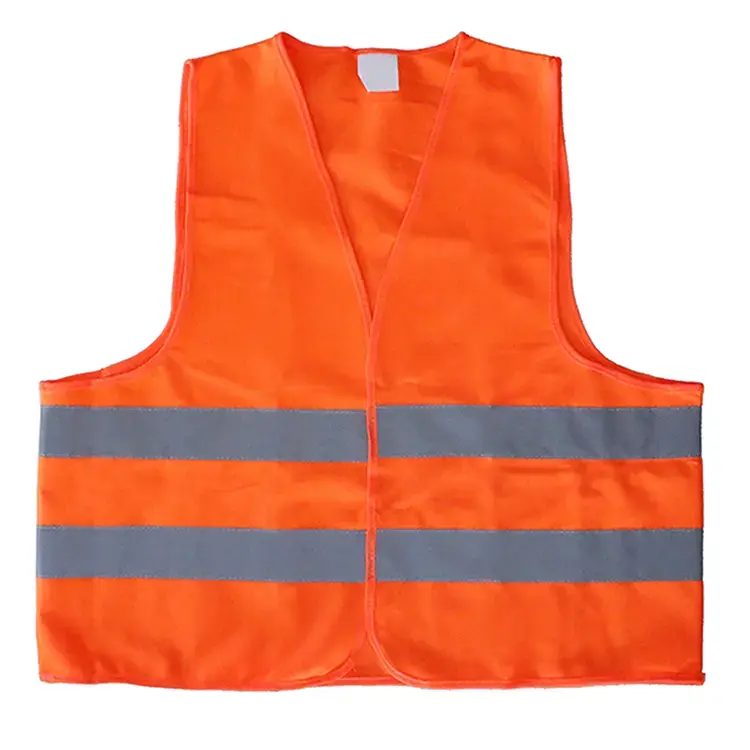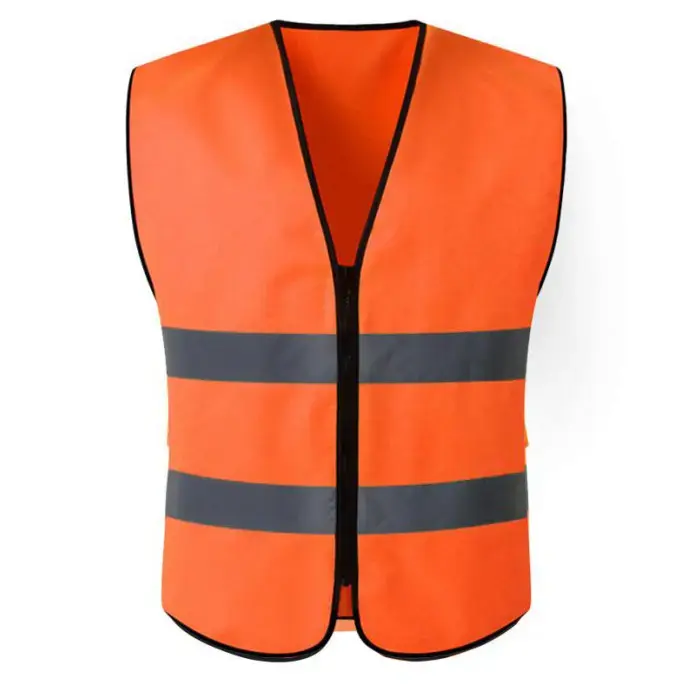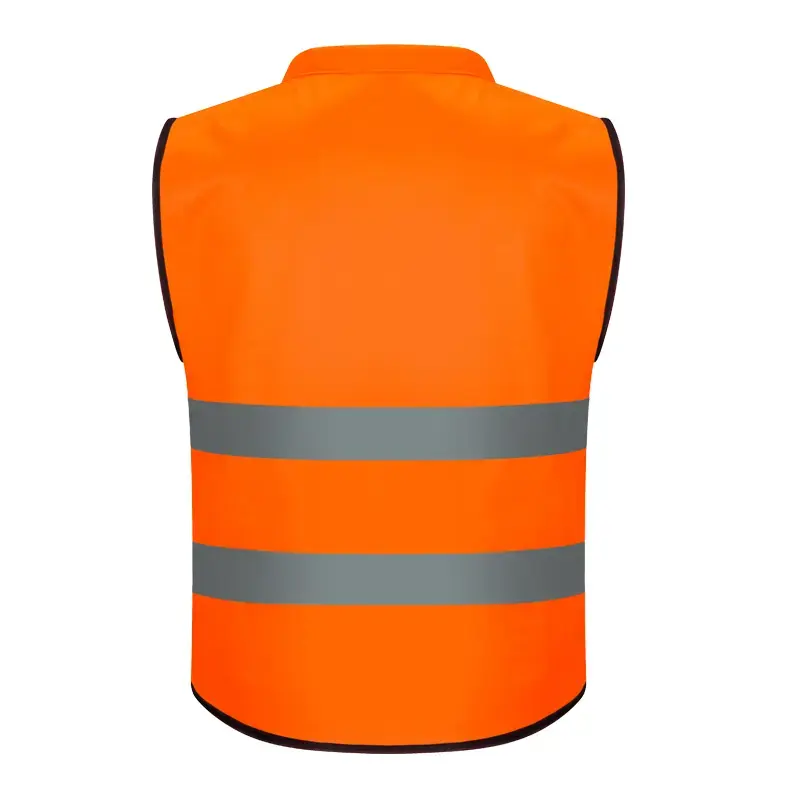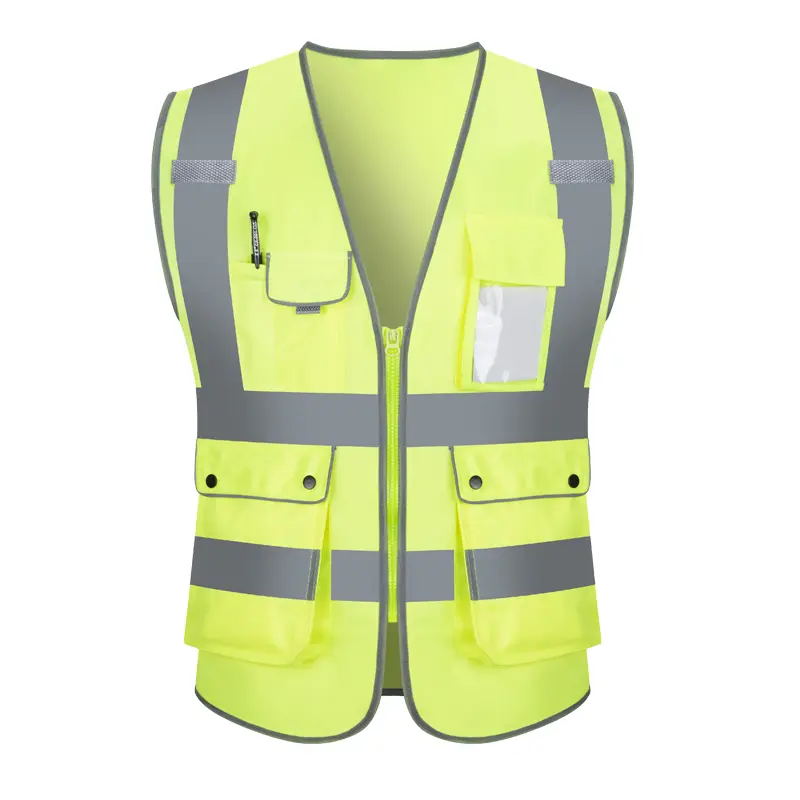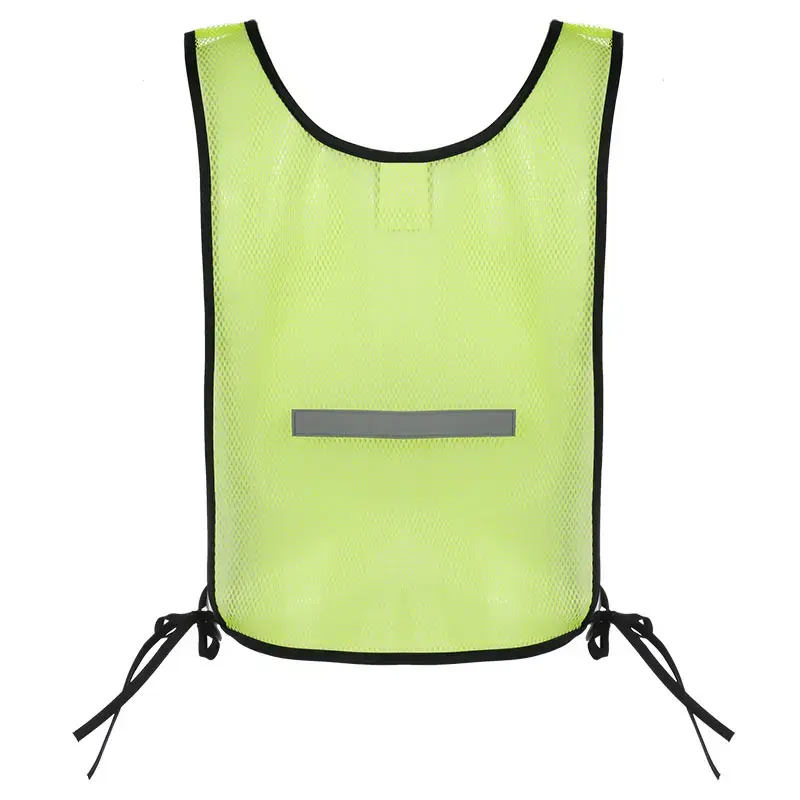A comprehensive guide to custom design of reflective vests
A comprehensive guide to custom design of Reflective Vests: meeting the needs of international wholesale buyers
When customizing reflective vests for international wholesale buyers, you need to consider many factors to create high-quality products that meet their needs. The following are detailed design suggestions:
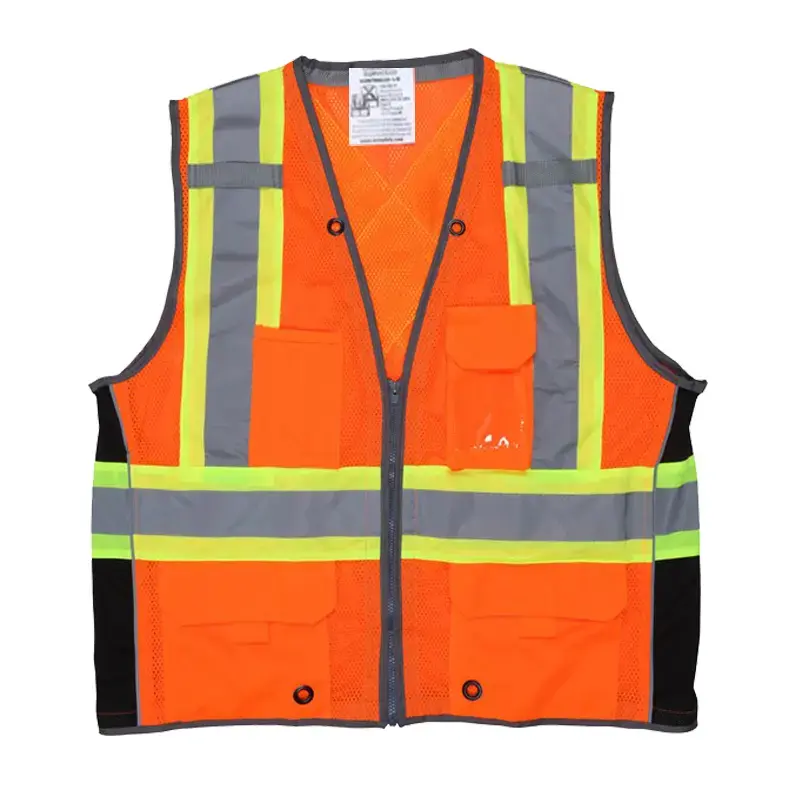
Preliminary communication and demand confirmation
In-depth understanding of customer background: Different industries have different requirements for reflective vests. For example, the construction industry focuses on durability and high-intensity reflection; the transportation field has strict requirements on reflective distance and visible angle; the logistics industry may pay more attention to lightness and high recognition. Understanding the industry of the customer can accurately grasp its core needs.
Identify the use scenario and environment: The use scenario such as roads, railways, factories, logistics warehouses, etc. determines the reflective intensity, durability and other requirements of the reflective vest. For example, reflective vests used on highways need to reflect light clearly at a long distance to ensure that the driver can find the wearer in time.
Determine quantity and specifications: Accurate customization quantity and specifications help to arrange production and cost control reasonably. At the same time, provide a size range, such as S-XXXL, to meet the needs of different body shapes.
Functional and safety design
Reflective material selection: Glass microbead type has low cost, but the reflective effect is relatively weak; microprism type has high reflective intensity and long service life. For products with extremely high safety requirements, such as reflective vests used in highway maintenance, firefighting and other fields, it is recommended to give priority to microprism reflective materials.
Reflective strip design: The width, length, position and arrangement of the reflective strip will affect the reflective effect and aesthetics. Generally speaking, the width of the reflective strip is more suitable between 2.5-5 cm. If it is too narrow, the reflective effect is not good, and if it is too wide, it may affect the comfort and flexibility of wearing. A variety of arrangements such as horizontal, vertical or oblique can be used to adapt to different usage scenarios and design requirements.
Compliance with safety standards: Ensure that the customized reflective vest meets internationally accepted safety standards, such as EN ISO 20471, ANSI/ISEA 107, etc., which is an important basis for opening up the international market.
Aesthetics and brand image design
Color matching: The color should match the usage scenario and target audience of the reflective vest. For example, in scenes such as transportation and construction, high-visibility colors such as bright yellow and orange-red are preferred; in some special occasions, such as security and event services, colors that are more in line with the brand image can be selected. At the same time, pay attention to the coordination of colors to avoid overly glaring or messy color combinations.
Pattern and text design: Unique patterns, logos or texts can be customized to highlight the brand image and cultural connotation of the company or organization. The pattern design should be concise, clear and creative, avoiding overly complex or illegible designs; the text content should accurately and clearly convey key information.
Style design: Common reflective vest styles include vest, half-sleeve, long-sleeve, etc. Vest style is suitable for warmer environments such as summer or indoors; half-sleeve style is suitable for spring and autumn; long-sleeve style can meet the needs of winter or cold outdoor environments. In addition, details such as hoods, zippers, pockets, etc. can also be designed to increase the practicality and aesthetics of the product.
Comfortable and practical design
Fabric selection: It is advisable to choose breathable, sweat-absorbent and skin-friendly fabrics, such as cotton, polyester, nylon and other blended fabrics, to ensure the comfort of the wearer during long-term wear. For some special environments, such as fire prevention and anti-static, special fabrics with corresponding functions should also be selected.
Ergonomic design: The cutting and three-dimensional cutting design that fits the human body curve can make the reflective vest more comfortable and close-fitting, reduce the sense of restraint and friction, and improve the wearer's freedom of movement.
Functional details: Adding details such as hidden pockets, adjustable elastic bands, and replaceable reflective strips can enhance the practicality and added value of the product.
Production process and quality control
Pasting process of reflective materials: To ensure that the reflective material and the fabric are firmly attached, hot pressing, gluing, etc. can be used, and the parameters such as pasting temperature, pressure and time are strictly controlled to ensure that the reflective material will not fall off or bubble during long-term use.
Printing and embroidery technology: Choose high-quality ink and embroidery thread to ensure that the printing of patterns and texts is clear, colorful, strong and durable, and will not fade or blur due to friction or washing.
Overall sewing technology: Fine sewing technology is the key to ensure the quality and durability of reflective vests. The stitching should be even and firm, without skipping, breaking, etc. The splicing of each component should be flat and fit, without obvious wrinkles or looseness.
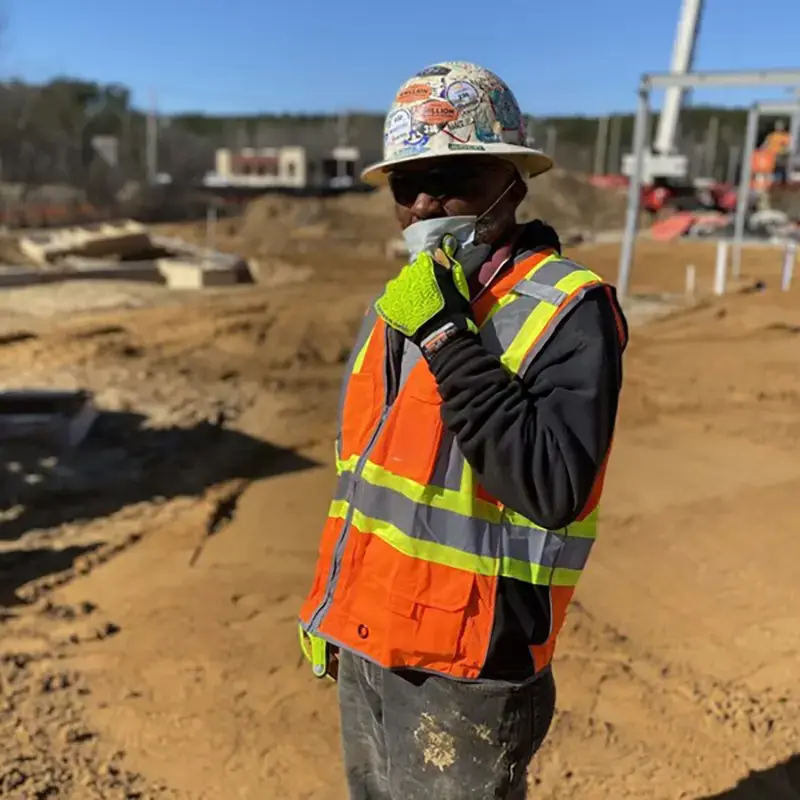
Packaging and transportation design
Packaging design: Use environmentally friendly and sturdy packaging materials, such as paper packaging boxes, PE handbags, etc., which can not only protect the product from damage during transportation, but also reflect the company's environmental protection concept and brand image. The packaging size should be moderate, which can make full use of space without causing waste.
Transportation mode selection: According to the customer's geographical location and order quantity, choose the appropriate transportation method, such as air transportation, sea transportation, land transportation, etc., to ensure that the product can be delivered to the customer safely and promptly.
Cost control and quotation strategy
Cost control: In the design process, cost factors should be fully considered, and the customization cost can be reduced and the market competitiveness of the product can be improved by rationally selecting materials, optimizing production processes, and controlling production quantities.
Quotation strategy: Adopt a flexible quotation strategy, such as giving corresponding discounts based on factors such as customization quantity and customization requirements, or providing package quotations, combining reflective vests with related supporting products or services for sale to meet the needs and budgets of different customers.

